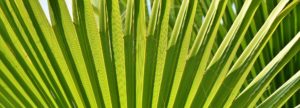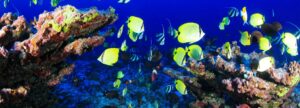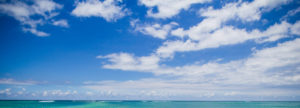The colorful treasures of the sea
There are four types of reefs: fringing reefs and barrier reefs run parallel to the coast, usually with shallow, sandy lagoons that then drop off cliff-like up to 100m. Atolls are ring-shaped or ring-shaped reefs, and platform reefs form in the open sea where the seabed reaches just below the water surface. The peaks of such reefs can only be vaguely discerned through the water surface.
Each coral is made up of numerous, tiny, anemone-like polyps that together form a colony. The lime deposits from the corals, which belong to the lower sea animals, form the building material for the rocky reefs. The higher the water temperature, the more lime the animals excrete. When a colony dies, a new one grows on it, attaching itself to the skeletons of its ancestors. A distinction is made between around 6.000 types of coral. Even an amateur can quickly distinguish around 100 species. Some of them are soft and sway in the waves, such as the sea anemones. Others are hard and solid, appearing like a brain or mushroom, still others branch out like elk shovels or jut out like fortresses, steeples and battlements. The fan-shaped species or those that look like openwork tips are particularly fragile.
Corals live in symbiosis with plant protozoa that need sunlight for their metabolism. Light is the raw material for the complex ecosystem of the sea. It promotes the growth of algae and plankton, both food for the large sea creatures.
This amazing and fascinating marine life on the reef is very fragile and endangered, so it is up to all of us to protect it in order to preserve it. Touching, breaking off or taking corals is therefore prohibited, as is taking away mussels, snail shells and other underwater creatures.






